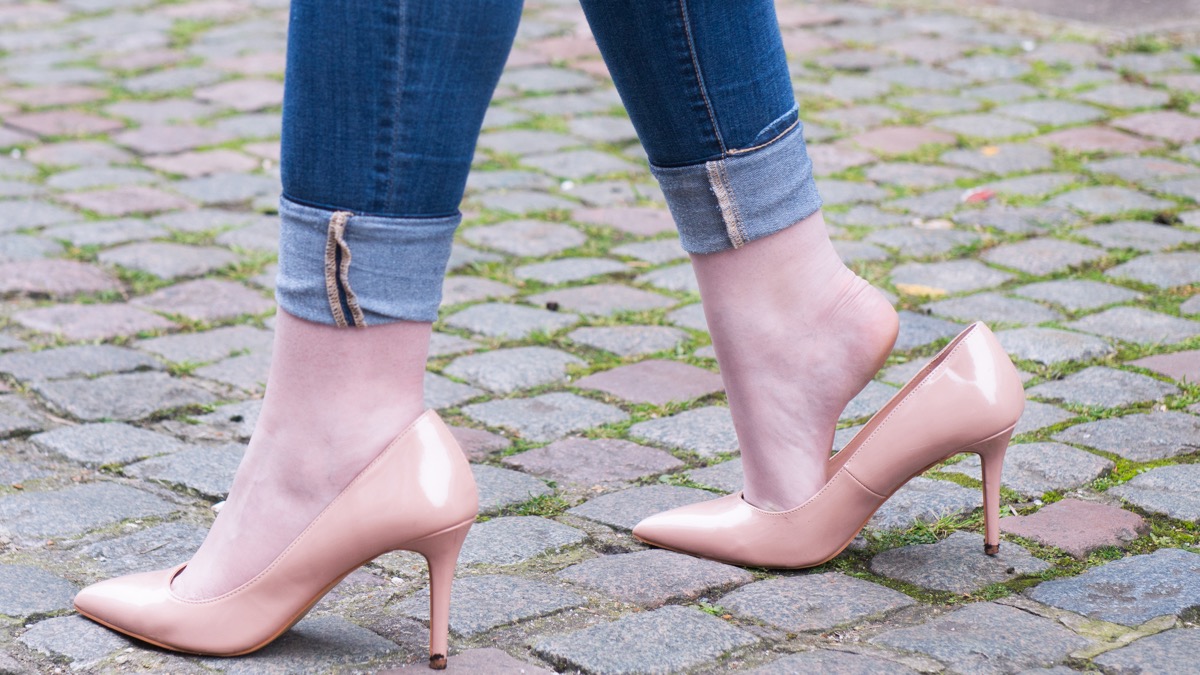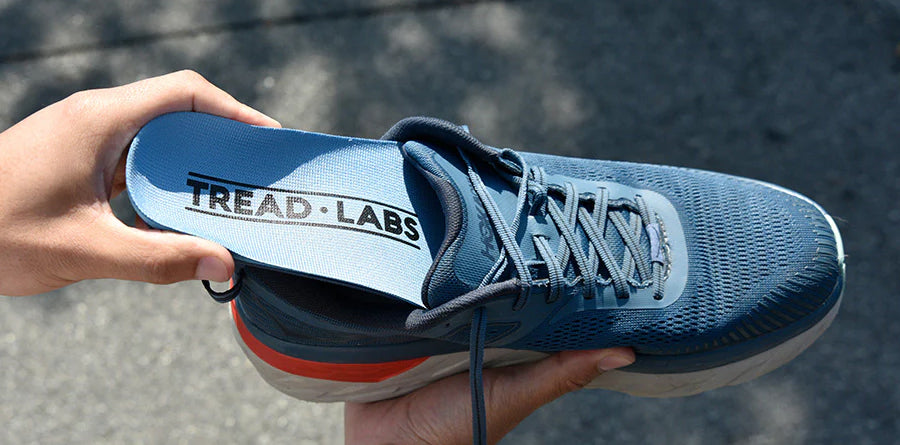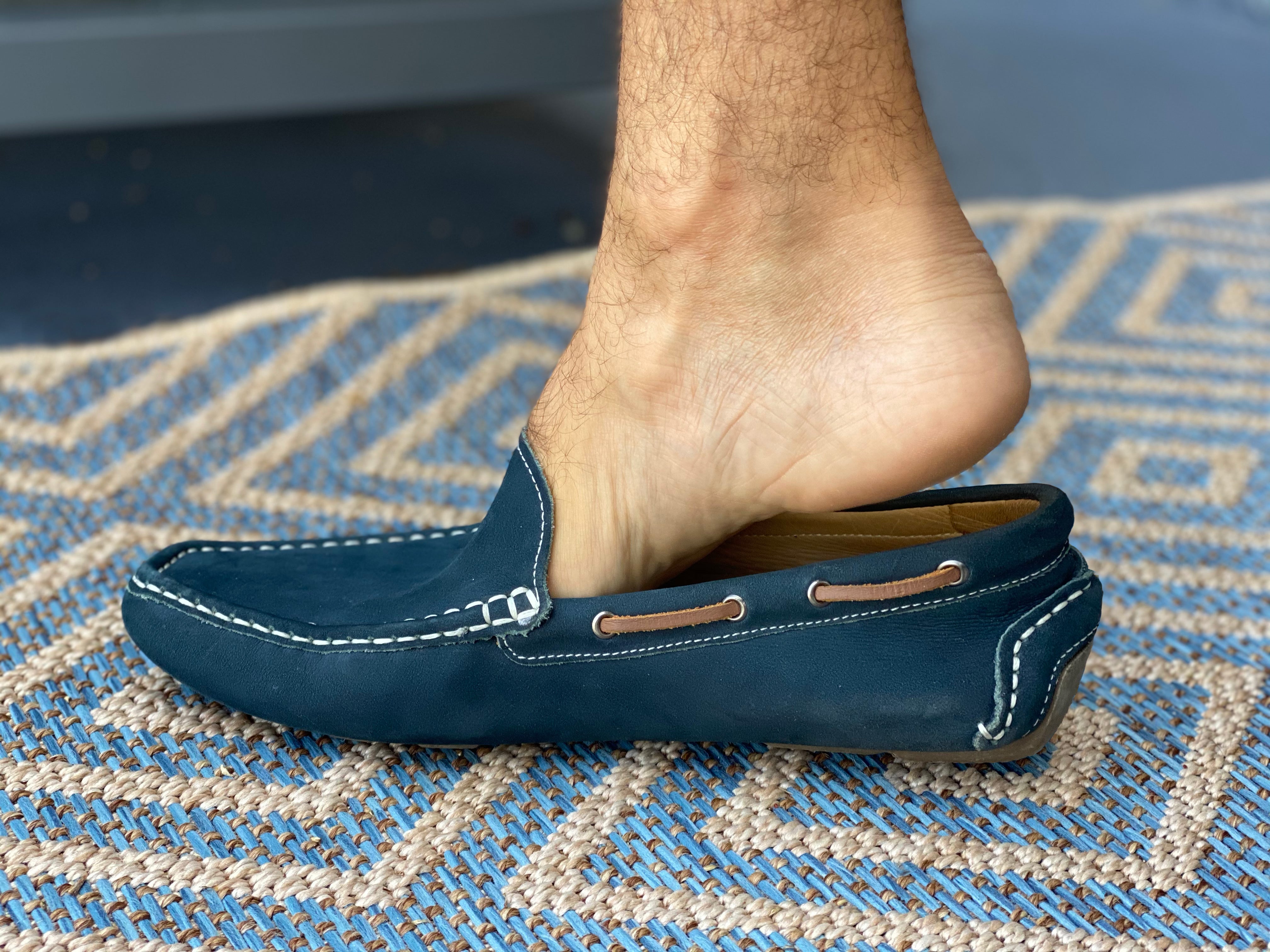Are your shoes too slippery on the inside? You’re not alone! Many shoe enthusiasts, fashion lovers, and professionals face this challenge. This article provides a comprehensive guide on how to fix slippery shoes inside, sharing practical tips, insights, and real-world experiences. We’ll delve into various solutions, product highlights, and expert recommendations that will help you regain traction and comfort without compromising style.
Understanding the Problem: Why Are Your Shoes Slippery Inside?
Slippery shoes can be a nuisance, especially when you’re on the move. This section explores the reasons why some shoes can become slippery on the inside. Common materials like synthetic linings, lack of grip, and moisture build-up contribute to this issue. In some cases, the shoe design itself can exacerbate the problem. For instance, high heels or streamlined sneakers without sufficient padding can lead to slip-sliding syndrome!
Common Causes of Slippery Shoes
- Material Composition: Some synthetic materials are smooth and may lack the necessary grip.
- Moisture: Sweat or water can create a slick environment, exacerbating slipperiness.
- Footwear Design: Designs without adequate arch support or cushioning can lead to instability.
- Wear and Tear: Over time, the interior of shoes can lose their friction due to frequent use.
Real-World Experiences: Slippery Shoe Nightmares
Let’s share a case study of a colleague, Sarah, who bought a pair of sleek leather loafers for a business meeting. She discovered, much to her dismay, that the insides of her loafers were slick, making it difficult to maintain a comfortable stance while presenting. This slip resulted in her losing focus and confidence during the meeting. It became evident that she needed a quick fix—she couldn’t afford to compromise her professionalism due to slippery shoes!

Quick Fixes: How to Immediately Improve Traction
If you’re in a pinch, there are some quick fixes to enhance traction in your slippery shoes. These methods can be implemented in a matter of minutes, and they don’t require any special tools or materials. Here are some effective solutions:
1. Use Non-Slip Pads
Non-slip pads are an easy and effective solution. You can purchase adhesive pads designed specifically for shoes. They provide extra grip and are often made of rubber or silicone, ensuring comfort and stability.
Pros and Cons
| Pros | Cons |
|---|---|
| Easy to apply | May wear out over time |
| Provides immediate traction | Can be visible depending on shoe design |

2. Add Insoles for Extra Grip
Another quick fix is to invest in quality insoles. Look for insoles made from materials with grip, such as EVA foam or specialized anti-slip materials. These will not only improve traction but also enhance overall comfort.
Highly Rated Products
- Dr. Scholl’s Comfort Insoles – These insoles are designed for superior comfort and grip.
- Pedag Viva Retro Insoles – Known for their excellent durability and support, perfect for slippery shoes.

Long-Term Solutions: How to Permanently Fix Slippery Shoes
For lasting results, consider these long-term solutions to prevent slipperiness in your shoes:
1. Apply Grip Spray
Grip sprays are designed specifically to enhance traction in footwear. Simply spray the interior of your shoes and allow them to dry. This method provides a friction layer that can last for several wears.

Application Tips
- Ensure shoes are clean and dry before application.
- Spray evenly across the interior surfaces.
- Allow the shoes to dry fully before wearing.
2. Use a Sandpaper Trick
For a DIY solution, gently rub the insides of your shoes with fine-grit sandpaper. This will create texture and grip in the material, reducing slipperiness.

How to Do It Safely
- Be gentle; too much friction can damage your shoe lining.
- Test on a small area first to see how the material reacts.
Comparison of Popular Anti-Slip Products
| Product | Type | Price | Effectiveness |
|---|---|---|---|
| Grip Spray | Spray | $10 | High |
| Non-Slip Pads | Adhesive | $8 | Medium |
| Insoles | Insert | $20 | High |

Preventive Measures: Keeping Your Shoes From Becoming Slippery
Prevention is always better than cure! To keep your shoes from becoming slippery in the first place, here are some tips:
1. Choose the Right Shoes
Invest in quality footwear with good interior traction. Look for shoes with textured insides or built-in grip features. Brands specializing in athletic or work shoes often prioritize traction.

2. Regular Maintenance
Keep your shoes clean and dry. Moisture can lead to slipperiness, so allow your shoes to air out after wear. Use shoe trees to maintain shape and absorb moisture.
3. Rotate Your Shoes
Using multiple pairs allows each pair to recover from moisture and wear. This will prolong the life of your footwear and maintain grip.

FAQs: Slippery Shoes Inside
1. How can I tell if my shoes are too slippery?
If you feel unstable or find yourself frequently adjusting your foot placement, your shoes may be too slippery. Perform a quick test by walking on a smooth surface to gauge grip.
2. Is it safe to use sandpaper on my shoes?
Yes, but use it lightly. Sandpaper can create texture without damaging the shoe lining if done carefully.
3. Will grip spray damage my shoes?
Most grip sprays are safe for fabric and leather. However, always check the label for compatibility with your shoe material.
4. Can I use powder to reduce slipperiness?
Using baby powder or cornstarch may work temporarily but can leave residue. Ensure to clean your shoes regularly to prevent build-up.
5. What are the best materials for non-slip insoles?
Look for insoles made of EVA foam, rubber, or specifically designed anti-slip materials, which provide better grip.
6. How often should I replace my insoles?
Every 6-12 months, depending on use, as they can lose their cushioning and grip over time.
7. Can I fix slippery shoes at home?
Absolutely! Many solutions like grip sprays, insoles, or DIY methods using sandpaper can be done at home.
8. Are there any shoes that are naturally non-slip?
Yes! Shoes designed for specific activities (like hiking boots and non-slip work shoes) often come with enhanced grip.
9. How do I maintain my shoes to prevent slipperiness?
Regular cleaning, allowing them to dry, and avoiding moisture exposure can help maintain traction.
10. What should I do if my shoes are still slippery after trying these methods?
If slipperiness persists, consider consulting a shoe repair specialist for professional advice.
11. Will my shoe warranty cover slipperiness issues?
Many warranties cover manufacturing defects, but issues arising from normal wear may not be included. Always check your warranty terms.
In conclusion, fixing slippery shoes inside does not have to be a hassle. Whether you’re in need of quick fixes or looking for long-term solutions, there are many practical steps you can take. Utilize the tips provided, try the recommended products, and enjoy a more stable and comfortable shoe-wearing experience. Remember, a little attention to your footwear can go a long way in boosting both your confidence and style!